Bravely Default as a series is both brave in execution and yet somewhat typical by default. Heralded as a breath of fresh air for reinvigorating the classic RPG formula back in 2012-14, quite a bit has happened in the industry since, with a renaissance of Japanese RPGs hitting it big in the west again after falling out of favour throughout the seventh generation of home consoles. Escaping its handheld roots and now jumping to the hybrid system, this feels like a chance to both bring Bravely Default to a new audience and also to spark interest in the franchise yet again, after Bravely Second was deemed controversial as a sequel. Now set in an all-new world unconnected to the original two games, this is a fresh start as a sort of soft reboot.

Bravely Default II
Nintendo Switch
Developed by Claytech Works/Square Enix
Published by Nintendo
Released: 26th February 2021
Digital copy provided by Nintendo UK
There are two major elements to Bravely Default’s gameplay loop that drive the game forward, both of which require a great deal of explanation to get across. First is the actual combat, with mechanics unseen in most other turn-based RPGs, second is an extensive job system, which allows players to mix and match their parties to suit all manner of different scenarios.
Starting with the combat, you have the Brave and Default actions, two commands that greatly sway the tides of battle both in your favour and against, depending on how wisely they are used. Normally, every character, including the opponent, has one action per turn, be it using a regular attack or using a spell, but by using a Brave command they can take away actions from future turns to use immediately up to a maximum of four actions, marked by Brave Points (BP). As I just described, this can have detrimental effects if used inefficiently, putting you in danger for any future turns that have had their actions taken away from them. However, you can also choose to Default too, which acts as a guard for the turn used and also stocks up on Brave points, adding actions to future turns instead. In subsequent turns after a Default, you can take multiple actions without taking away from future turns. Using these actions wisely can result in defeating an enemy quickly or setting up combos, but can also put you at a disadvantage if used without proper planning.

Next comes the job system. Jobs provide a wide variety of boons, with select advantages and drawbacks to each, altering stats and abilities. Each job comes with a selection of new actions to take in battle and passive abilities you can equip once learned. Winning battles earns you Job Points that act as a secondary experience pool specifically for the primary job equipped which, once levelled up, can grant you new actions and abilities. Battle actions can only be used if the job is set to primary or secondary (secondary jobs also don’t earn JP) but the abilities can be equipped at any time for any job. It’s handy to also have a mixture of different abilities per job, so they’re not strictly one-trick ponies, with a variety of damaging moves, buffs and debuffs available. Mixing and maxing jobs between your party becomes a whole game in and of itself.
Job variety spans far and wide, though initially limited as you start the game. As you progress, you can obtain jobs largely from defeating boss characters holding an Asterisk, which grants the owner special abilities. These abilities range from straightforward healing and buffs, diverting attention from enemies to your tank characters to some risk-reward HP or BP consuming power moves. Some jobs are more involved, such as the Beastmaster, which can have you capturing weakened monsters and letting them loose to attack other foes. Combining jobs together between your party can create some clever combos, like applying new weaknesses to foes with the Pictomancer job and then taking advantage of them with another character, all while a Shieldmaster absorbs all physical damage from your squishy mages.

Outside of battle, you can partake in several activities to add variety to your play sessions, primary of which are sidequests. Most quests are pretty standard, fetch items from here, defeat enemies over there, you know the drill. But from time to time you get a quest that has a little scene to go alongside it, usually involving your party members. These vary from character building to backstory and certainly stand out amongst the rest of the relatively uninteresting ordeals. One other activity available to you are expeditions. These are a nice way to earn rewards in the background, so long as you keep the game running or leave it in sleep mode. You effectively set sail to explore and pick up treasure along the way. No actual engagement is required for this, it’s purely a background feature, ideal for leaving the system in sleep mode while you sleep in the real world. After twelve hours, the expedition stops and you can claim your rewards.
However, the biggest side activity by far is a game in and of itself, Bind & Divide. It’s a grid-based card game unlocked through a sidequest that sees you trying to occupy as much of a board as possible by placing cards down from your deck and flanking opponents cards to capture their occupied spaces. The person with the most spaces captured by the game’s end wins. Various rules can be applied to games to add further excitement, and some matches have fixed rules which you have to work around too. Cards can be collected throughout the game, primarily from winning games and buying them off the loser with special points, so it can become something of an addiction traversing the world to collect new cards to ensure you win more games. Heck, one job is locked behind beating the original quest giver, Shirley.
Your journey sees four heroes banding together in search of four crystals of the elements tied to a prophecy to protect the land from great evil. It all starts as Seth (who you are free to rename as you see fit) is shipwrecked and rescued by Gloria, a princess from a destroyed nation, and Sir Sloan, her loyal knight. Though Sloan isn’t a playable party member, it is not long until you are met with the bar-loving scholar Elvis and his hired bodyguard companion Adelle. All four of these unlikely allies steadily become aware of their destined roles as Heroes of Light tasked with saving the world from the tyrannical empire of Holograd.

The overall premise of Bravely Default II isn’t too far from the traditional Final Fantasy mould, four elemental crystals protecting the world is pretty much the general outline to Final Fantasy I, but the moment to moment interactions between the cast carry the story forward in ways the oft-tread narrative wouldn’t have done otherwise. While that’s not to say the story doesn’t have its own twists and turns, the main cast are by far the highlights, they’re so charming that it becomes exciting to see how they react in every new scenario the game throws at them, it’s just a shame that it plays it fairly safe in the long run.
Visually, Bravely Default II is a little conflicting. While the visual effects and overall fidelity certainly are a significant improvement from the two 3DS titles, some aspects of the graphics can look a bit rough at times. There is no anti-aliasing present to speak of, so jagged edges are extremely prevalent throughout the game. Many aspects also feel like simple upressed 3DS assets that have been given some added polish, rather than an actual console evolution of a handheld property. In fact, the towns feel as though they have been ripped straight from the 3DS games in their visual design. While they are all exceptionally well-drawn pieces, their resolution is noticeably low when zoomed in close, which is already highlighted in the very first scene they’re shown in shortly after you start playing. Even so, the actual art direction is very charming, but it doesn’t really feel like a £50 full-price title. If anything, it might have been better to have models actually represent the concept art instead of being shrunk down to chibi proportions, as that was an intentional design choice to match the 3DS hardware limitations of the prior games. Maybe they were just trying to invoke series tradition at this point?

It of course goes without saying that one element of this game is absolutely outstanding and deserves considerable praise, its music. The composer is Revo of the Japanese music group Sound Horizon, and their score is incredible, to say the least. Each battle theme in particular is so energetic and bombastic, highlighting the rush of combat. Certain boss themes go hand in hand with either the stress of a strenuous ordeal or the blood pumping sensation of overpowering the opposition. Various overworld and dungeon themes also match their locales, though the overworld music acts as a leitmotif that reworks itself to fit the area they belong to rather than unique compositions, lending to the idea of a connected world.
One thing that is really appreciated from the game is how it doesn’t waste the player’s time. The addition of a secondary job means you don’t need to be too decisive with team composition and experimentation, as you can use the abilities of the secondary job. If you feel something isn’t working out, you can just swap between secondary jobs to try other things out. In battle, attacks feel snappy with flamboyant animations reserved for specials, which help make them stand out instead of being a nuisance. Not only that, but you can speed up battles tremendously at a moment’s notice with up to four additional speeds to choose from. This makes grinding for experience and job points much smoother.
On to the topic of grinding, as it is often discussed when classic RPGs are brought up, I can’t say it is truly necessary unless you really want to get into the nitty-gritty of job progression. For the most part, fighting enemies as you come across them, using new jobs as they become available and making use of their skills will take you through the game just fine on normal difficulty, just so long as you keep up with the curve. Skipping battles too frequently will cause you to fall behind, which would necessitate grinding, but so long as you keep up a steady mantra of battles then you should be fine. If you really want to get every ability and maximise your potential, then grinding is indeed necessary, as some really useful skills are locked behind high job levels. Also, as previously stated, if you play your cards right then you can overtake challenges above your weight, though some deep knowledge of the systems at play is needed, some of it is a bit beyond my skills to say the least.

Some aspects of this review may seem negative, but it most certainly is not. On the contrary, what’s on display here is marvellous. The only issue is that it has an exceptionally niche market in mind, those who are very much happy with classic RPGs of yore without all the fluff that modern ones feel is necessary to stand out. As a result, it really does play it safe more often than not. The Switch certainly isn’t short of these types of games though, especially with Dragon Quest and Octopath Traveler already available, so the superb battle system and expansive selection of jobs at least keep it from lagging behind somewhat, but your mileage may vary. Some aspects may come off as archaic to people more used to modern RPGs, but nothing here is excessively retro to the point of being at its detriment.
Final rating – 3.5 out of 5
Bravely Default II is available now for Nintendo Switch.
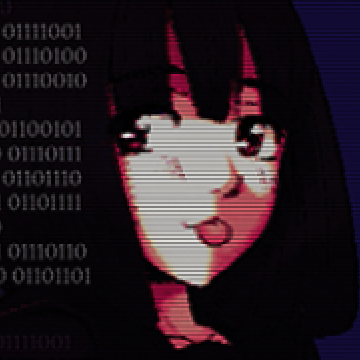
Long time fan of Nintendo and games in general, I always lean on the quirkier and unique sides of things in particular. It all started when I was lucky enough to get a Gameboy Color and Pokemon Yellow for my tenth birthday and it’s been going strong ever since. I’ve always had a need to get my voice heard and share anything I find interesting with the world.


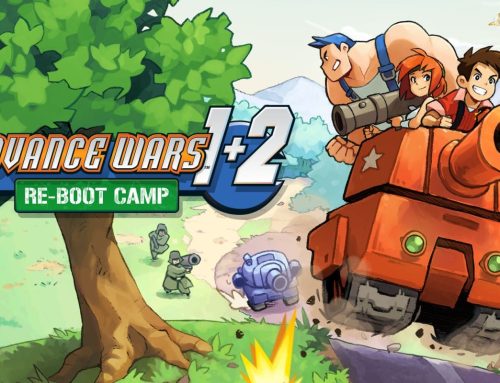
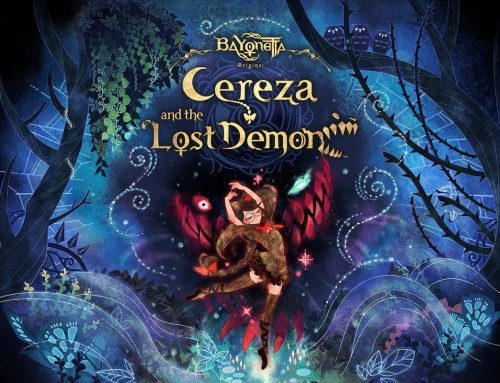
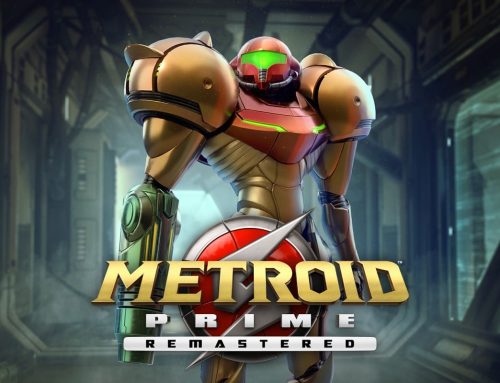
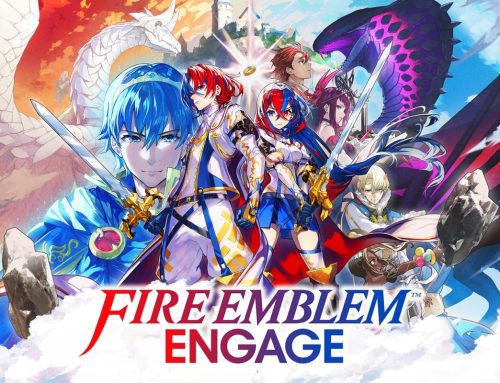
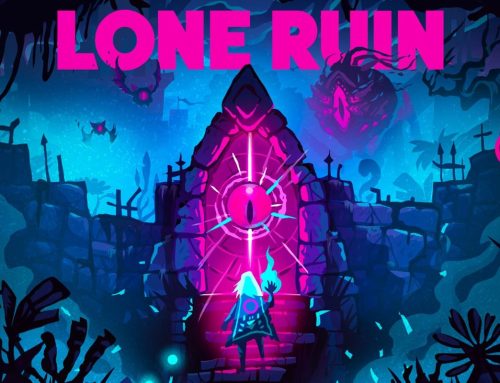

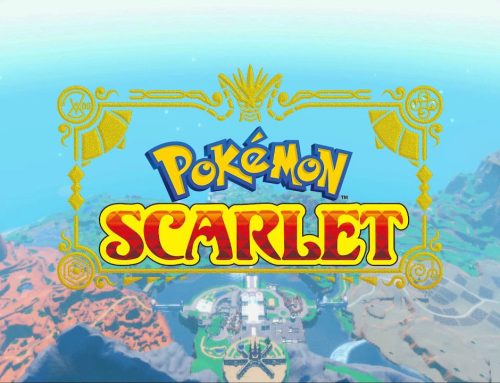
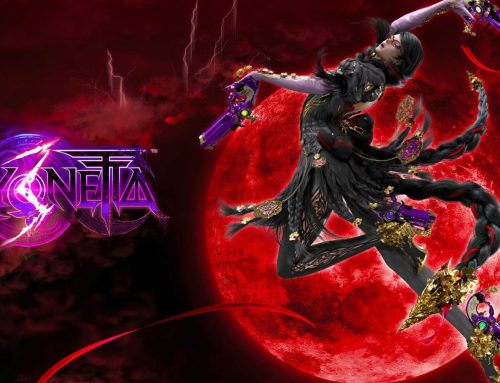
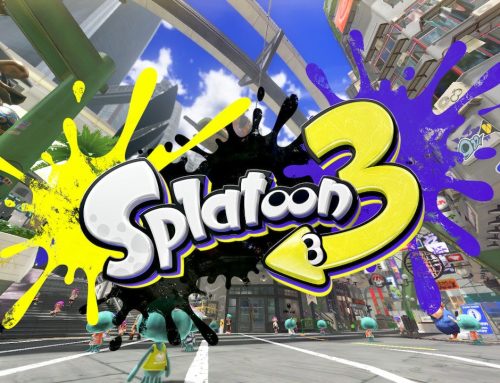

Leave A Comment
You must be logged in to post a comment.